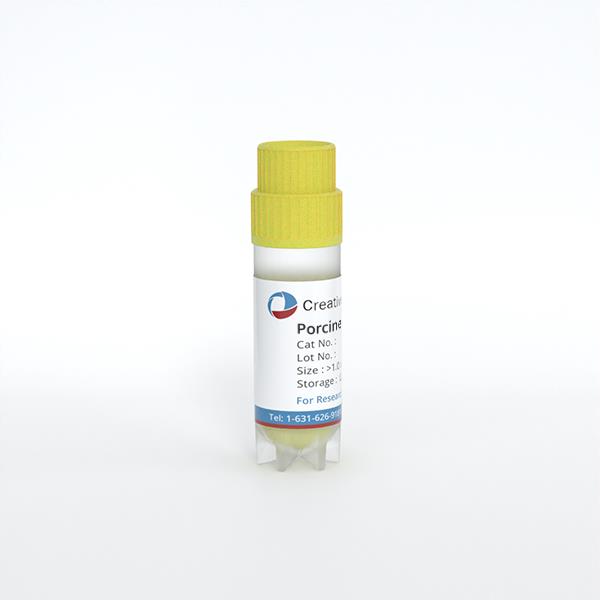ONLINE INQUIRY

Porcine Bone Marrow Macrophages
Cat.No.: CSC-C4921L
Species: Pig
Source: Bone Marrow
Cell Type: Macrophage
- Specification
- Q & A
- Customer Review
Never can cryopreserved cells be kept at -20 °C.
If the black dots are irregular in size and move in a Brownian motion, the black dots may be cellular debris (which may be caused by poor cellular status or over digestion), or they may be caused by protein precipitation from repeated freezing and thawing of serum, or they may be metabolites of the cells. If the black dots are uniform in size and move rapidly, they are likely to be bacterial contamination.
Ask a Question
Average Rating: 5.0 | 1 Scientist has reviewed this product
Appreciative
I'm so appreciative of the expertise and enthusiasm of Creative Bioarray.
02 Aug 2023
Ease of use
After sales services
Value for money
Write your own review
- You May Also Need


